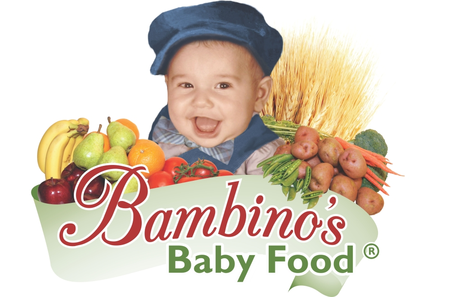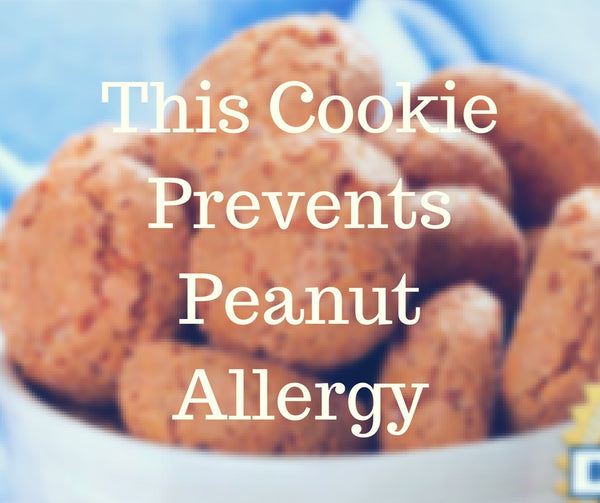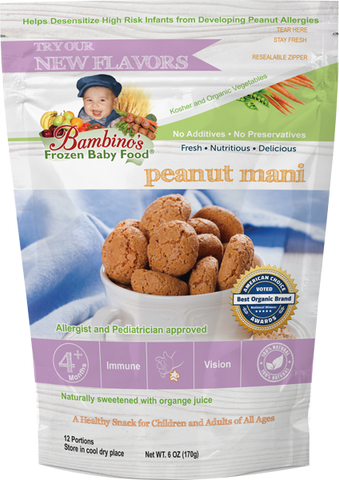Each morning at school drop off I see the poster taped in the front window that reads “We are a Peanut Free School!” and I completely understand the exclamation point. Peanuts are the most common — and most dangerous — food allergy.
According to the U.S. Food and Drug Administration, peanut allergy is country’s the leading cause of death related to food-induced anaphylaxis. Because so many food products use small amounts of peanut protein, it’s hard to avoid it completely. But is avoiding peanuts the best we can do to protect our children from developing a peanut allergy? Actually, we may want to do the opposite.
Avoid Peanuts — Or Not?
In 2000, the American Academy of Pediatrics(AAP) urged parents to avoid feeding peanuts to their babies. Peanut allergies increased. By the time I got involved in medical research, the AAP was coming to grips with the fact that sheltering children from peanuts wasn’t the best policy.
The Immune Tolerance Network published a study called Learning Early About Peanut (LEAP) in 2015. More than 600 children under the age of 11 who were high risk of developing a peanut allergy were divided into two groups. One group ate a peanut product at least three times a week, and the other group avoided peanuts altogether. The results showed that by age five, 3% of the first group developed a peanut allergy. In the group that avoided peanuts, 17% of the children developed an allergy.
Then the Reversal
In September 2017, the U.S. Food and Drug Administration approved a claim linking the consumption of foods containing ground peanuts to a reduced risk of developing peanut allergy. This action followed the January release of National Institutes of Health guidelines in the early introduction of peanuts to prevent allergy development.
In plain language, babies as young as four months of age who do not already show signs of food allergies and who are eating some solids should be provided with a source of peanut protein on a regular basis.
And even if children test positive for peanut allergies with a 4 mm reaction (positive is 3 mm or larger), there is still hope. Under a doctor’s supervision, many of those children can be safely desensitized.
The Peanut Protocol
If your baby is not known to have a peanut allergy, the guidelines are to feed babies to 6 to 7 grams of peanut protein over 3 or more feedings per week for several weeks. If your infant is at high risk for developing a peanut allergy, Dr. Claire McCarthy, MD, FAAP has these recommendations.
My Solution
Working with allergists and leading research, I created a cookie that delivers a precise amount of peanut protein to help babies as young as four months old develop a natural immunity. The Peanut Mani Cookie is 100 percent natural and organic with no preservatives. The cookie is sweetened with oranges, not sugar, and can be blended into a powder to mix with milk or cereal to alleviate choking concerns for younger babies. If you have any concerns about introducing peanuts, take the Peanut Mani to your baby’s six-month checkup.
Feeding one Peanut Mani per day for 18 months can reduce the likelihood of developing peanut allergy by up to 80 percent.
In 2015 and 2016, I presented the Peanut Mani to the American Allergy Foundation Conference. Many now stock the Peanut Mani in their office. And earlier this year, my Peanut Mani cookie was presented to the American Allergy Foundation Conference again — this time by a leading allergist — as an effective food for reducing peanut allergies among high-risk infants.
We will never prevent peanut allergies in all children. But cutting the risk by 80 percent is an amazing advancement. I am thrilled to be part of the movement that can — and will — save lives.
| Peanut Mani |
 |

|


